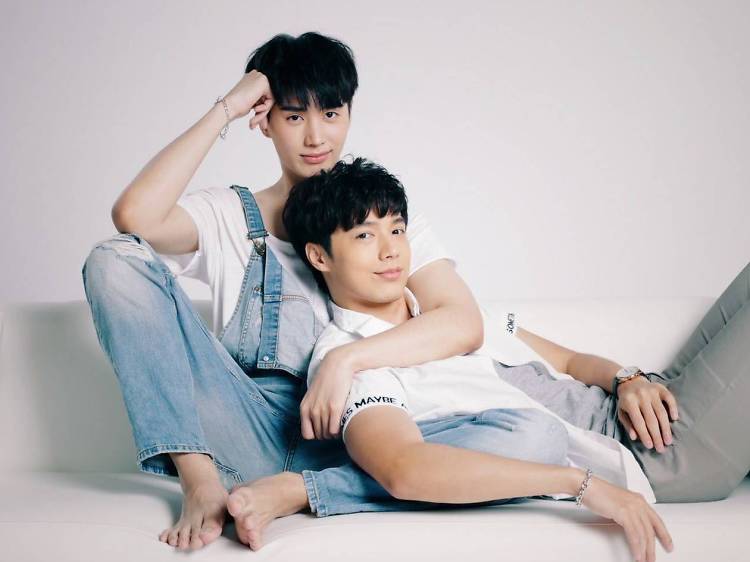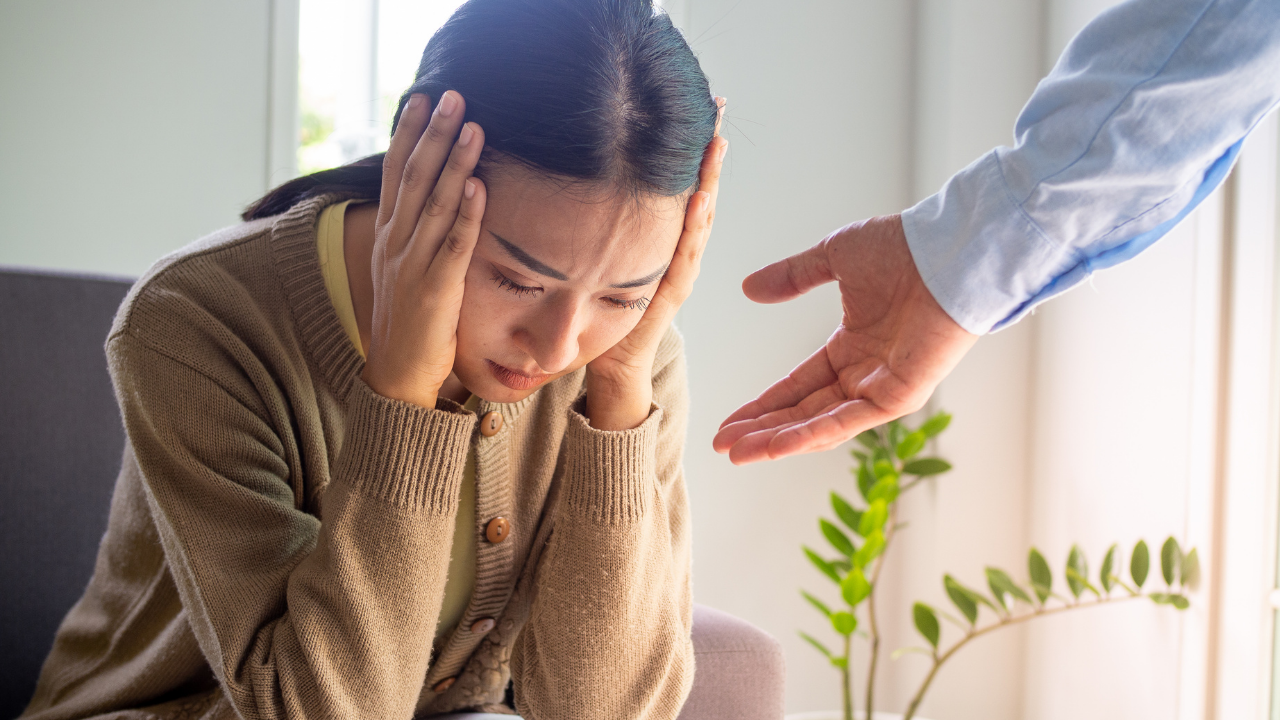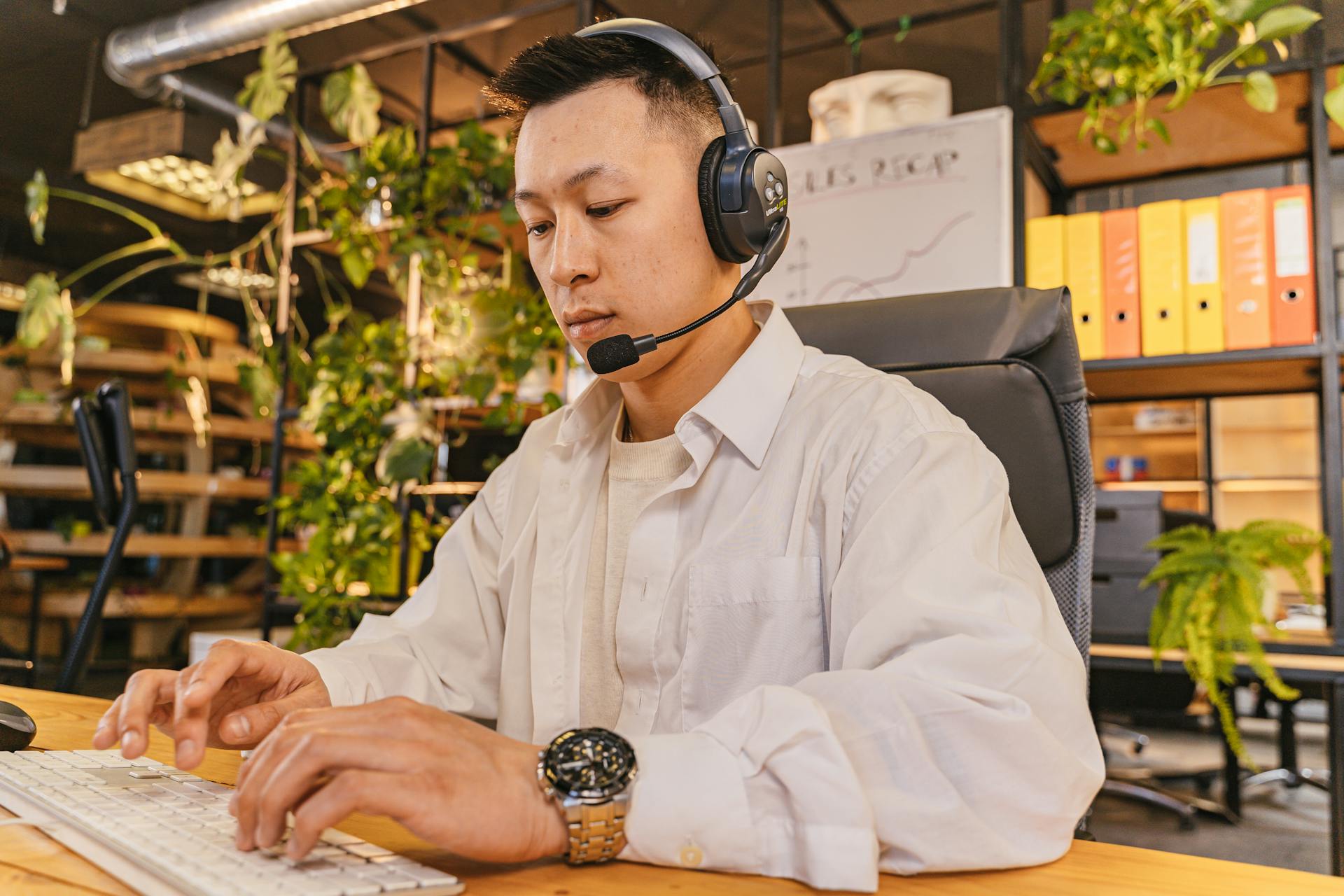The Coming Out Dilemma: Family, Shame, and Cultural Barriers
Coming out in Asian families often involves navigating collectivist values where individuality is secondary to family honor. Many queer Asian Americans delay or avoid coming out due to fears of bringing "shame"—a concept deeply rooted in Confucian ideals of filial piety.
Parents may perceive queerness as Western corruption rather than innate identity. Some face ultimatums: "Choose your family or choose this lifestyle." Yet others find unexpected acceptance through time and education.
Strategies like introducing LGBT topics through media (e.g., showing parents films like The Wedding Banquet) can soften resistance. Increasingly, organizations like API Equality provide culturally sensitive resources in multiple Asian languages to bridge understanding gaps.
Racism in LGBT Spaces and the Need for Representation
Mainstream LGBT communities often center white experiences, leaving Asian Americans facing exclusion ranging from dating app fetishization ("No fats, femmes, or Asians") to leadership roles dominated by non-POC. Bars and pride events frequently tokenize Asian identities through "geisha" or "drag race" stereotypes.
This erasure fuels the importance of QTBIPOC-specific spaces like the National Queer Asian Pacific Islander Alliance (NQAPIA). Representation matters increasingly in media too—from The Half of It's queer Asian lead to Sense8's groundbreaking pan-Asian lesbian couple.
Supporting queer Asian artists, writers, and filmmakers helps combat the myth that "Asian cultures are inherently homophobic" by showcasing diverse narratives.
Mental Health at the Intersection of Identities
Queer Asian Americans face disproportionate mental health struggles due to dual minority stress. Studies show they experience higher rates of depression and suicidal ideation than straight Asian peers, yet are less likely to seek therapy.
Cultural stigma compounds this—many immigrant families view mental healthcare as indulgent or shameful. Linguistically appropriate services are scarce; only 2% of U.S. psychologists identify as Asian. Grassroots solutions are emerging:
- Therapy collectives like Mindful Care offer sliding-scale sessions with Asian LGBT clinicians
- Digital communities provide anonymity for those not ready to come out
- Intergenerational dialogues help families process conflicts with mediators
Building Chosen Family and Community Support
When biological families reject them, many queer Asian Americans create chosen families—networks of friends, mentors, and allies who provide unconditional support. Organizations like GAPIMNY (NYC) and Satrang (SoCal) host mixers and discussion groups where identities aren’t fragmented. Cultural fusion events (e.g., queer Diwali parties or Lunar New Year banquets) allow full self-expression without compromise.
Mentorship programs pair youth with older queer Asians who’ve navigated similar journeys, proving survival—and thriving—are possible. Even small acts like sharing coming out letter templates in native languages can be lifelines.
Celebrating Queer Asian Joy and Resistance
Amidst the struggles, queer Asian Americans are rewriting narratives through art, activism, and everyday joy. Drag performers like Kim Chi challenge beauty standards, while writers like Ocean Vuong center queer immigrant stories in literature. Politicians like California’s Evan Low prove queer Asians belong in leadership.
Simple moments—a mother finally attending her daughter’s wedding, a Tamil gay couple posting #OorThozhi selfies—are quiet revolutions. Supporting queer Asian businesses, donating to bail funds for QTBIPOC activists, and amplifying intersectional voices fuel this momentum.




